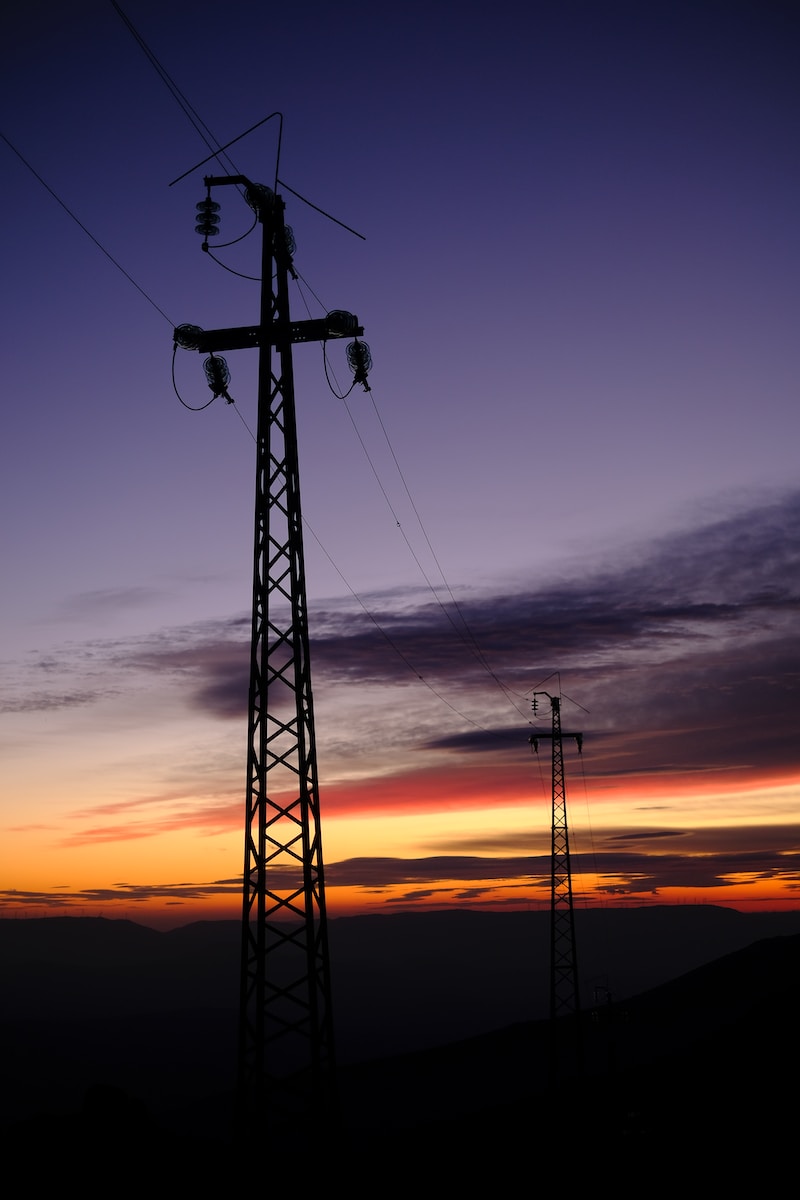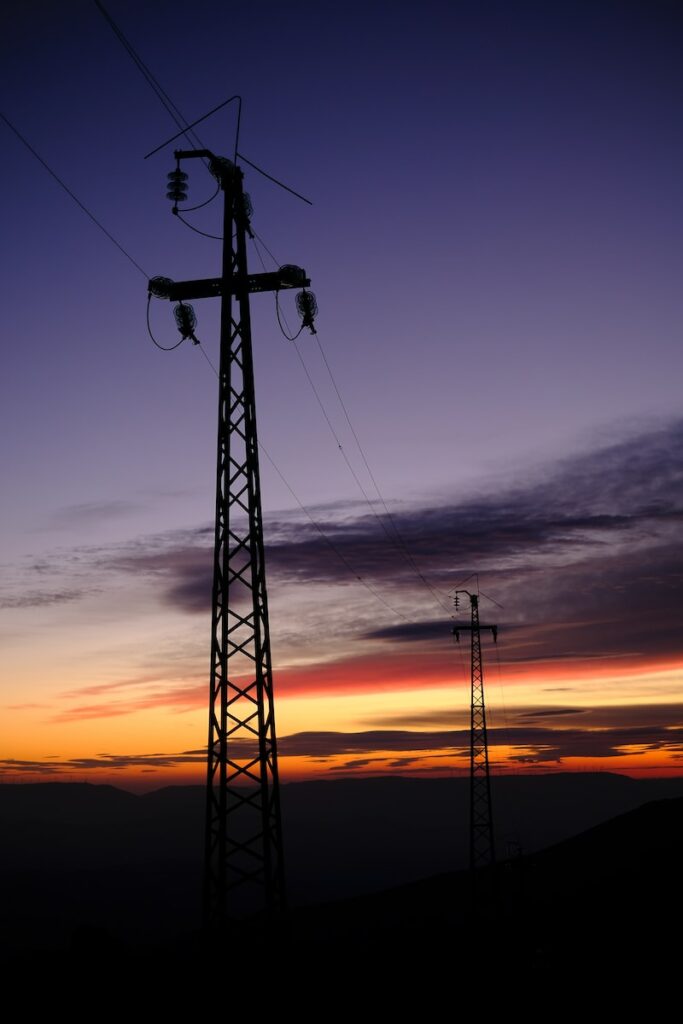
A Radical Model: Real Electric Competition
By
Branko Terzic
Two decades into the 21st century and we still have, according to science historian Professor Vaclav Smil, an electric system recognizable to Thomas Edison and Nikola Tesla. Numerous commentators and pundits have called for a “new model” electric utility of the future. Mostly the calls are for some limitations on what the current incumbent electric distribution monopoly utility can do in order to make way for new renewable or distributed energy entities. None of what I have seen or heard is really very “new” or “game-changing.” Mostly it is entities looking to provide service in selected locations or to uniquely qualifying customers without incurring the “obligation to serve” all customers on a non-discriminatory basis which the electric utilities are required to do. Some proposals call for changes in PSC rules to allow for independent “micro-grid” ownership and operation chipping away selectively at the traditional electric utility franchise. Others would merely allow for sale out of distributed generation to neighborhood customers with no or limited PSC oversight.
Let’s look a bit wider.
The starting point, in most cases, is the traditional electric utility, in some states providing bundled service and in other states only “delivery” (transmission and distribution) services. Given that, here’s my “thought experiment” proposal for more radical change.
Let’s introduce true competition.
Firstly, let’s eliminate the monopoly franchise. The incumbent electric distribution company would lose its exclusive franchise for distribution and new entrant competitors would be allowed to build new distribution networks without PSC rate regulation. Safety and technical regulation would remain. Yes, there would be duplicate distribution wires but if underground it would not be noticeable and possibly not overhead either given the possibility pole sharing.
Secondly, unbundle generation and deregulate distribution rates. Electric delivery rates would be deregulated for both new entrants and the former incumbent distribution systems operator. Would incumbent utilities immediately raise rates? Possibly, but every increase would make a new competitor more likely and viable. The open market may even entice existing electric cooperatives to expand geographically or citizens could be allowed to form new ones.
Thirdly, state PSC regulators, no longer regulating delivery rates, would assume more the role of consumer protection agencies monitoring performance and customer complaints.
Such a proposal would open up the entire market to competition in distributed generation, demand side management and ultimately innovation in technology, services and billing. Anyone willing to consider this model? Anyone willing to even discuss the possibilities?
The Honorable Branko Terzic is a former Commissioner on the U.S. Federal Energy Regulatory Commission and State of Wisconsin Public Service Commission, in addition to energy industry experience was a US Army Reserve Foreign Area Officer ( FAO) for Eastern Europe (1979-1990). He hold a BS Engineering and honorary Doctor of Sciences in Engineering (h.c.) both from the University of Wisconsin- Milwaukee.
#BrankoTerzic #energy #regulations #experience #research #future #opportunity #strategy #management #people #electricity #power #utilities #renewables #RenewableEnergy #energysector #oilandgas #powergeneration #energyindustry #oilandgasindustry #sustainability #tesla #science


I’m skeptical of the ability of the open market to work with sufficient precision to motivate the requisite efficiency gains for this framework to produce net social benefits.